Angling for some superb stamps
Philangles, a small auction house in Warrington, England, has world-class offerings
Hunting for stamps—or fishing, if you prefer that metaphor—involves not just seeking out the items themselves, but determining the best places to do so. Many collectors have a favorite dealer or two, or a preferred auction house. But in today’s interconnected, borderless world, there’s no reason not to go searching a little further afield for that special stamp or cover for your collection. Fear of the unknown should now be a thing of the past.
I can’t recall exactly where or when I first discovered Philangles, an auction house located in Warrington, Cheshire, halfway between Liverpool and Manchester in the north of England. But the arrival of their printed catalog in my mailbox once a month is always a drop-everything-and-look-through-it moment. I don’t regularly bid (and even when I do, I don’t always win), but I do always enjoy looking—and sometimes, I come across things that are truly fantastic.
The current sale, which closes on Monday, Aug. 15, has more than a few things in that category. I spoke by phone with Simon Carson, the founder and head of the firm, who said he had recently acquired a large collection of very fine Great Britain material, representing 60 years of collecting by one man.
“He knew what he was doing,” Carson said. Items from the collection will be dispersed over the next four Philangles sales.
Carson knows what he’s doing, too. His firm has been around for 35 years and is embracing some of the latest ideas for promoting both his business and philately in general. He is a prolific user of Twitter (@philangles), where his 5,000-plus tweets to date have gained him an impressive tally of over 3,000 followers—more than the Philatelic Traders’ Society (PTS), of which he currently serves as Chairman.
Stateside, Philangles is also a member of the American Stamp Dealers Association (ASDA). Carson has visited the U.S. many times, and when we talked he described some of the things he admires about how philately is practiced in this country: bigger, bolder, and more visionary, in his opinion.
Let’s take a look at a few of the items in the current Philangles sale.
Lot 1051, which graces the front cover, is an 1841 two-penny blue—with a twist. It’s kind of an interesting story that reveals a lot about early British stamps, so let’s jump in.
Normally, those two little white squares in the lower corners of the design would have letters in them, indicating the stamp’s position in the sheet: A to T in the left-hand square, denoting the row from 1-20, and A to L in the right-hand square, denoting the column from 1-12.
The purpose of this little code system was to deter forgery. Turned out it didn’t work, ultimately, as demonstrated in spectacular fashion by the famous 1872 Stock Exchange forgery. But that’s a story for another time.
Anyway, why are the squares on this stamp blank—is it an error? Actually, it’s not. This is a stamp from a small trial sheet of 12 that was hastily printed and cut up for distribution by the post office. The lack of positional letters in the corners was deliberate.
Rowland Hill, the Father of the Postage Stamp, was obsessed with security, and for good reason. He knew that widespread forgery or fraudulent reuse of his novel adhesives would quickly doom the whole scheme for prepayment of postage, and with it his reputation as an effective reformer. When the first “2d blues” appeared in 1840, it was soon discovered that the blue ink was impervious to the attempted removal of cancellations. This was a problem, as it made reuse more likely, so he asked the printers to reformulate their ink so that any attempted cleaning would result in the evident defacing of the stamp.
To help postal inspectors track which 2d stamps were printed with the new ink, Hill asked for a small design change: the addition of white lines below “Postage” and above “Two Pence.” This created the version of the stamp issued in 1841.
Obviously, the change in design had to be communicated to postmasters nationwide. The normal way of doing this was to distribute a notice with an example of the new stamp attached (simply printing an accurate color illustration of the change onto the notice was impractical given 1840s technology). An example of one of the complete notices—including the one-penny stamp, which was being changed from black to red at the same time—is illustrated in the Stanley Gibbons G.B. Specialised Catalogue:
However, the printing plates for the new stamps weren’t ready in time for the distribution of the notices. Yeah, supply-chain issues were a thing in 1841, too. To avoid holding things up, Hill ordered a small, emergency plate to be made of the 2d blue, for the sole purpose of providing facsimiles for the notices. The stamps did not have corner letters, as these had to be hand-punched in a somewhat laborious process after the plate was laid out.
Note the two stamps stuck to the top of the notice: you can just about see that the blue one has blank corners. So that’s what we have in lot 1051: an official facsimile of the 2d blue, made as a specimen for distribution to local postmasters in January 1841.
Carson said the G.B. collection he picked up has many examples of specialized varieties such as inverted watermarks and “specimen” overprints on later stamps, like the block of four 1884 3d stamps in lot 1335:
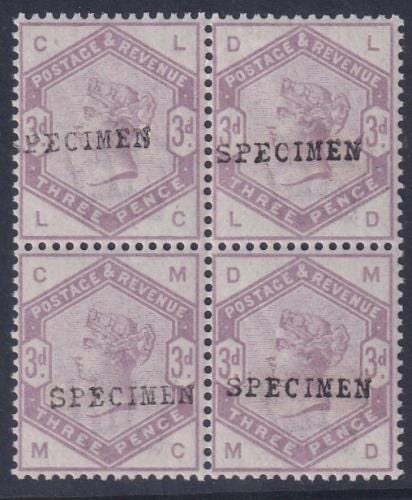
Among British Empire/Commonwealth items are some additional examples of specimen stamps, such as the 1935 Silver Jubilee issue for the Caribbean island of Grenada in lot 1769, with the word “Specimen” punched into each stamp rather than overprinted:
It’s not all specimens, of course: there is a fine selection of Newfoundland, the Canadian province that was a separate country—with its own stamps and money—until 1949. One of the more iconic Newfoundland issues is the “Caribou” design, offered here in lot 2354 as a set of four imperforate pairs:
These were not errors but proofs that, like most Canadian issues, were made available in very small quantities without the customary perforations to separate them.
Besides Philangles’ regular monthly auction, the firm will hold an additional sale next week, on Aug. 19, of about 600 further lots via the U.K.-based site EasyLiveAuctions.
I asked Carson why the firm has scheduled two separate sales back-to-back, and he said it was part of an effort to reach new customers through a different venue.
I took a quick look through the second sale and noticed a number of good lots, such as this page from a group of King George V “controls”:
These were ordinary half-penny stamps of the era, each taken from the one position at the bottom of the sheet where a so-called control number appeared in the margin. The letter refers to the warrant or requisition for the stamps to be printed, while the number refers to the year, in this case from 1924 to 1933. If there’s one thing controls truly demonstrate, it’s the consistency of the printers’ workmanship over years—if not decades. Some controls are scarcer than others, and some collectors like to make a specialized study of them. It’s nice to find a solid run of them awaiting a new owner.
If you haven’t got Philangles on your radar yet, maybe it’s time. At least you should follow them on Twitter—Carson’s posts are always good philatelic eye-candy, and I often learn something too.
Til tomorrow,
Philangles is based in Warrington, U.K. These are mail/internet sales closing at noon (BST) on Aug. 15 and Aug. 19, respectively. Buyer’s premium in both cases is 18 percent. Read the Terms and Conditions carefully before bidding and familiarize yourself with the bid increments.


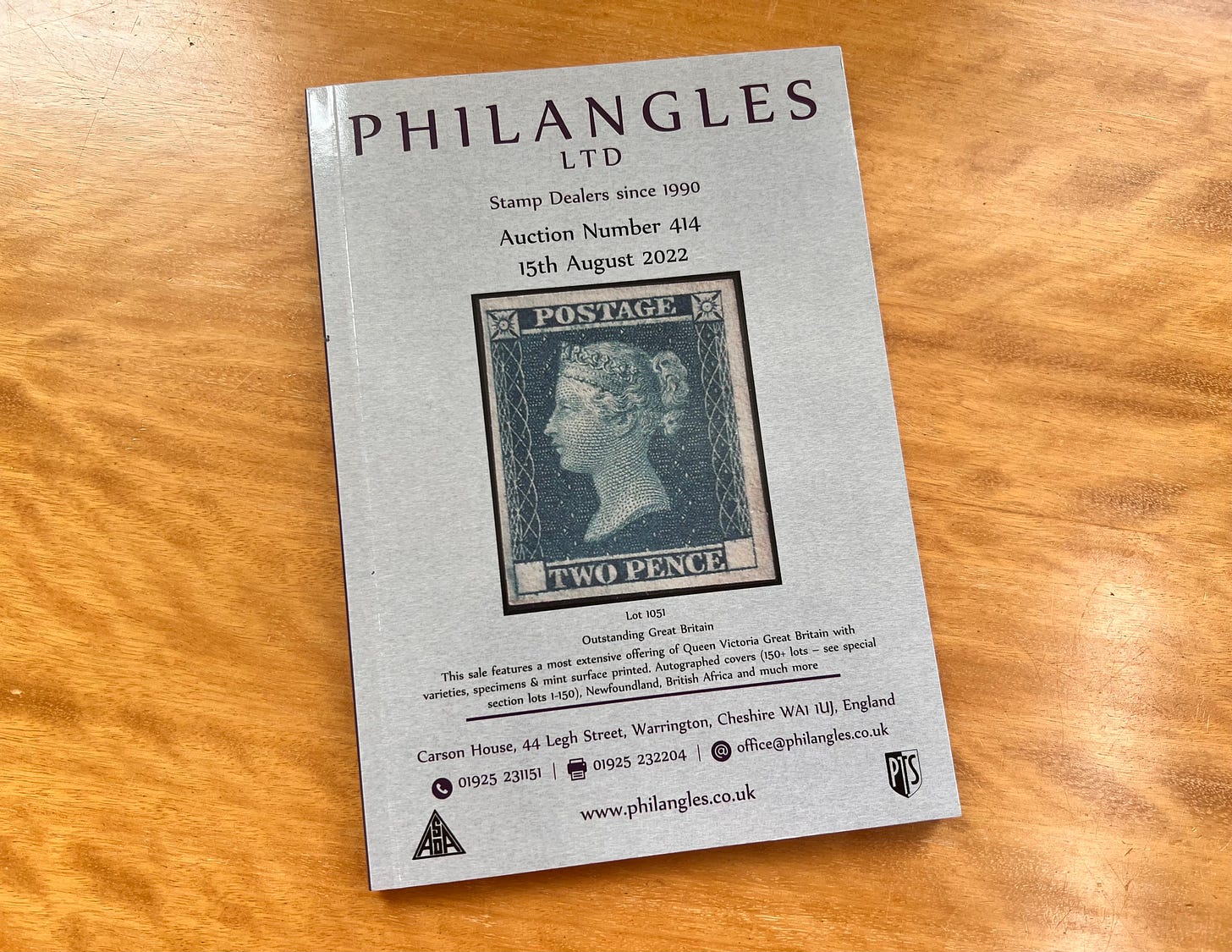
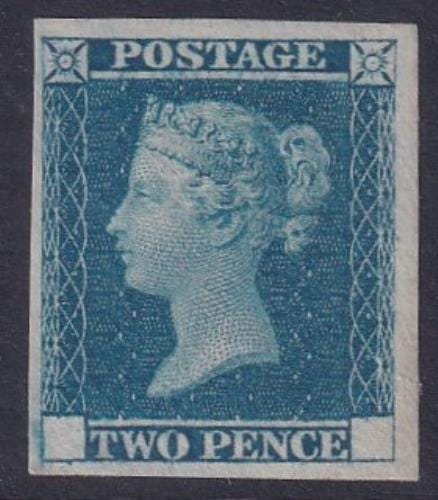
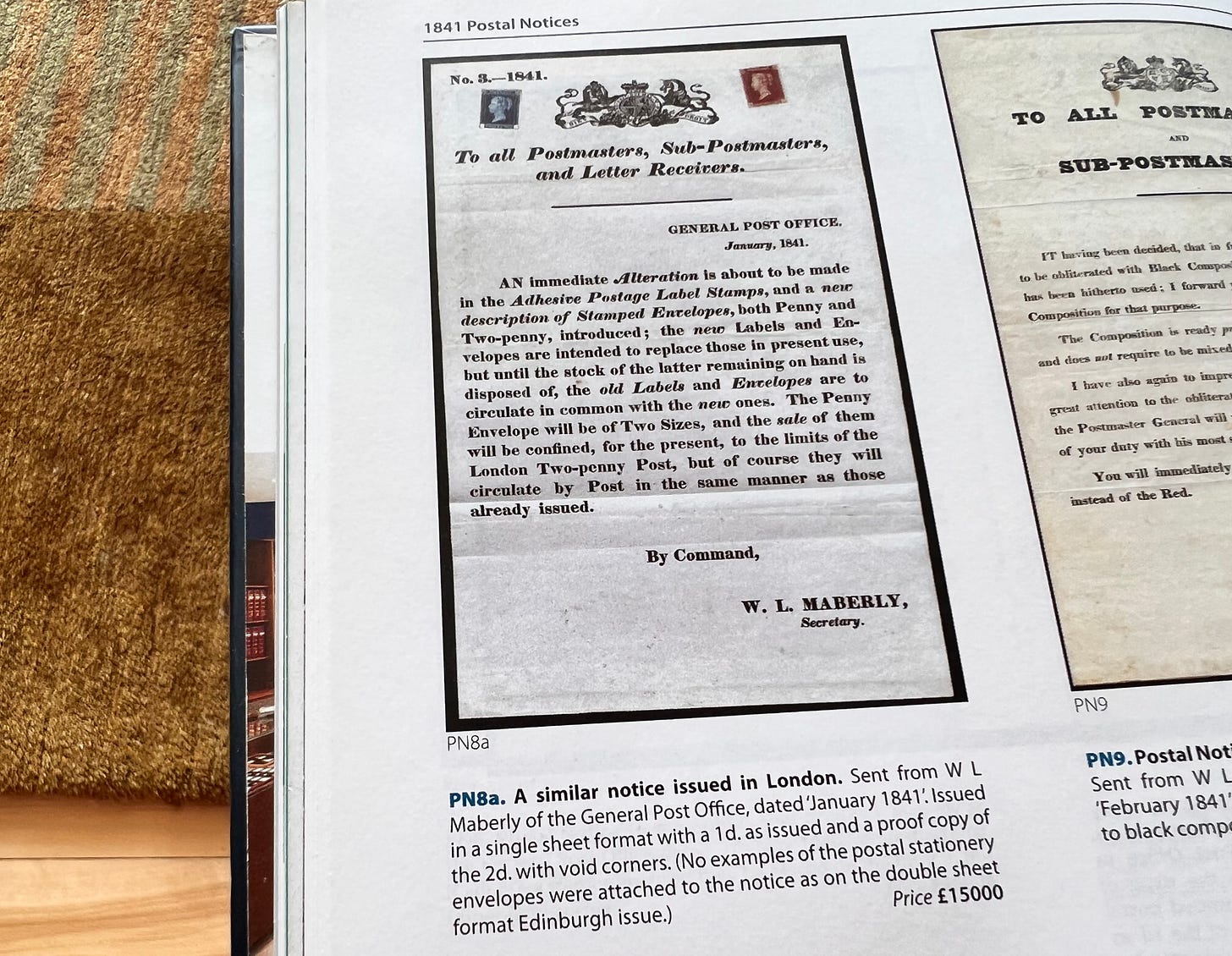
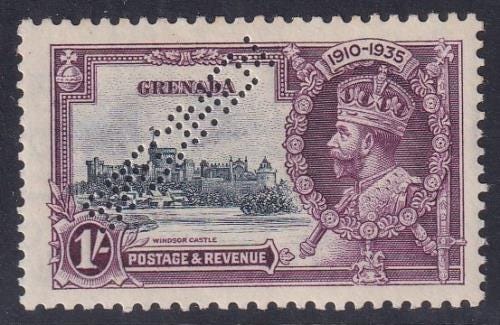
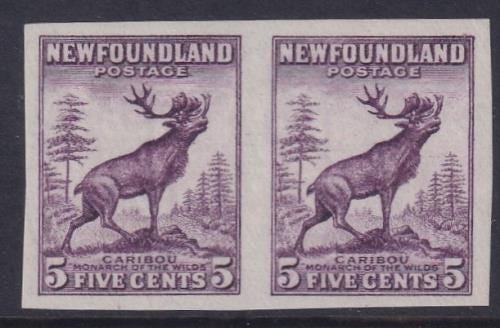
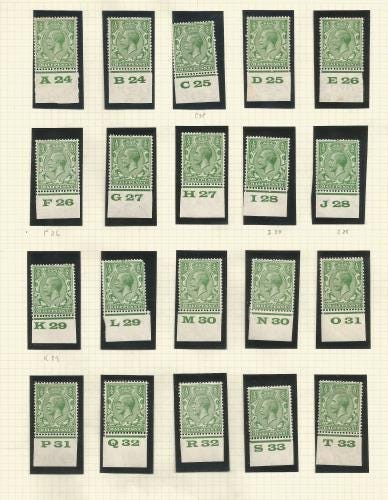
I just discovered a way to access your stamp articles. i came by connecting to Subtrack where the Poetic Outlaws blog site is located.